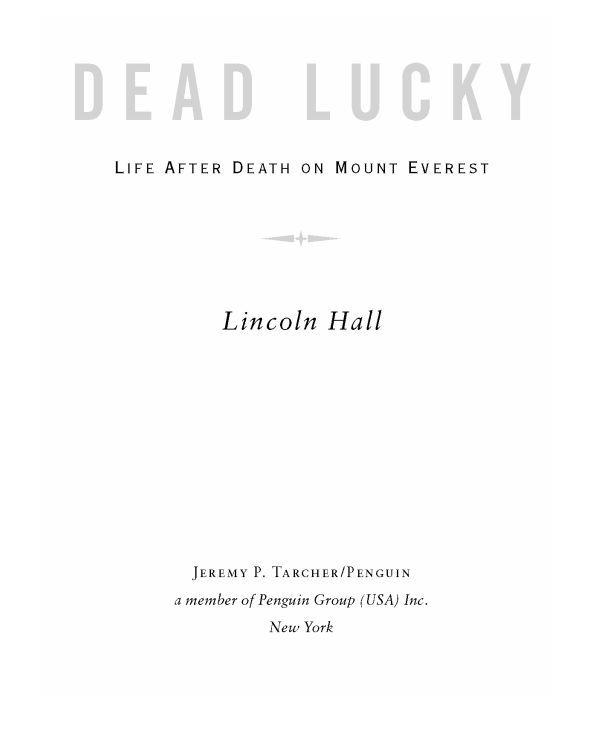
Dead Lucky
Life After Death on Mount Everest
کتاب های مرتبط
- اطلاعات
- نقد و بررسی
- دیدگاه کاربران
نقد و بررسی

May 15, 2008
The 2006 Mount Everest climbing season was only the second deadliest, but it was by far the most controversial. Eleven people perished; David Sharp died while 40 climbers walked by, and Lincoln Hall was left for dead but miraculously survived. Notably chronicled in Jon Krakauer's "Into Thin Air" and Anatoli Boukreev's "The Climb", the 1996 season holds the ominous distinction as deadliest, but perhaps without any cautionary effect. Still, 1996 remains a turning point in the public perception of Everest, now seen as having become commercialized, overcrowded, and unregulateda place where money had superseded skill. Heil ("Men's Journal, Outside Magazine") tells the complete story of the 2006 season (using 1996 as a backdrop) by introducing Russell BriceEverest's largest commercial operatorand by using the story of encountered but "abandoned" climber David Sharp as the impetus for investigating whether or not it should be every man for himself on the mountain.
Ten days after Sharp died, Hall ("White Limbo") was pronounced dead from poor acclimatization, and the news spread around the world. The next morning climbers discovered him sitting cross-legged on the summit ridge. Hall explains what brought him to Everest (for the second time); why climbers risk amputated digits, destroyed brain cells, and death; and what got him through that night sitting alone on the top of the world. Offering macro and micro perspectives of the same scenario, both authors acknowledge that priorities have deteriorated through selfish overpopulation but also argue that journalists have shed a selective light on these stories. At the end of the day, in an environment where each breath breathed is more valuable than any word it can carry and simply "being" at that altitude is deadly, you can only be responsible for yourself. Recommended for all libraries.Ben Malczewski, Ypsilanti Dist. Lib., MI
Copyright 2008 Library Journal, LLC Used with permission.

Starred review from May 1, 2008
In May 2006 on Mt. Everest, veteran climber Hall was left for dead because, to his fellow climbers, he appeared to have died. But the following morning, members of another expedition found him, sitting on a rock and very muchalive. Halls story made headlines around the worldnot too many dead men walk down off the tallest mountain in the worldand now Hall, the author of seven previous climbing-themed books, tells us the full story. It is a remarkable account. Halls ordeal is the stuff of nightmares: collapsing from altitude sickness, slipping into unconsciousness, waking up all alone at the top of the world, left behind as though he were a corpse. As a storyteller, Hall has a tough job: to convey to the reader what was going on inside his head as he slipped in and out of hallucination until the line between fantasy and reality was so blurred as to be nonexistent. He does this with a grace and sense of drama that befit a novel: wefeelwere there with him, seeing and hearing things that cant possibly be real. There have been a great many Everest-themed books lately, but this one stands alone, the first-person account of a climbers journey into, and back out of, death itself.(Reprinted with permission of Booklist, copyright 2008, American Library Association.)

























دیدگاه کاربران